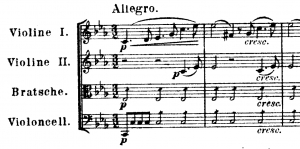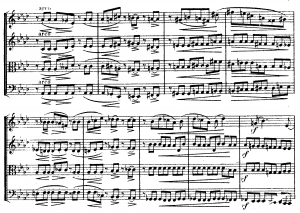We held a concert in Kawaguchi City Hatogaya civic center in the following program.
Handel Concerto Grosso in G major OP.6-1 HWV319
Vivaldi Concerto for 2 Cellos in G-minor RV531
Dvorak String Quintet in E-flat Op.97
Mozart Quintet in E flat for Piano and Winds, K452 (String Version)
Many of our members are always busy, so practice schedules are our chronic problem. However, we have achieved 49th periodical concert in about 5 years.
Being a group of average amateurs, we have devised a unique way of practice to do many concerts..
For example, we only had 2 rehearsals for Handel, Vivaldi and Dvorak. Mozart was only once. As there are audiences who always come to our concert, so we should keep good quality. We had a little bitter experience with low-quality performance in the past.
We found 2 tips. First, make your members understand that chamber music is a collection of solo. And if the quality of the parts is bad, the whole is never good.
So, I recommend members to play together regardless the form of ensemble whenever they are available. It a bit strange to play quintet by 3 people, but there are many things to do if the object is to improve individual’s quality. I also know that it is very hard and boring to practice inner voices and quality of ensemble really depends on them.
The second tip is for a leader to present clear interpretation of music so that everybody understands music clearly. Ordinary amateurs are usually unable to understand the real role of his part at certain phrase. Sometime he/she should support the melody, sometime a simple phrase could be a very important phrase if it is played properly. Therefore, it is important to say clearly “You play here like solo”
If your group has done my suggestion, you would agree that two rehearsals will do even for amateur groups, and what’s more, all of members will be well prepared as there are only two rehearsals.







